The Financial Reality of Big Law Partnership: What They Don’t Tell You
Becoming a partner at a Big Law firm is often seen as the pinnacle of legal career success. It's a milestone that comes after years of grinding away as an associate, navigating complex matters, and proving your value to both clients and colleagues. But while the title of "partner" is undoubtedly prestigious, the financial implications that accompany it are often less understood—and far less discussed. For many attorneys, the transition brings not just a boost in income but also a host of new financial responsibilities, pressures, and planning considerations.
In this article, we pull back the curtain on the financial realities of Big Law partnership, equipping you with the insights needed to prepare for and thrive in this new chapter.
The Myth of the Giant Paycheck
Let’s start with the most common misconception: that becoming a partner will automatically triple your income and open the floodgates to unlimited wealth. While it’s true that partners often earn significantly more than associates, the numbers can be misleading.
For one, many firms now use a two-tier system: non-equity and equity partners. Non-equity partners may receive a higher salary but don’t share in the firm's profits or bear the same financial risk. Equity partners, on the other hand, do participate in profit-sharing but often have to contribute substantial capital to "buy in" to the partnership.
Depending on the firm, that capital contribution can range from $50,000 to several hundred thousand dollars, which may be required upfront or financed internally. This buy-in essentially makes you a part-owner of the firm, with all the benefits and risks that entails.
Irregular Cash Flow and Tax Surprises
As an equity partner, your income becomes far less predictable. Rather than receiving a regular salary, you may be compensated through quarterly or even annual distributions tied to firm profitability. This means managing cash flow becomes a more complex task, especially when coupled with hefty quarterly estimated tax payments.
Moreover, as a partner, you are no longer a W-2 employee but typically a K-1 recipient. This change brings a whole new set of tax considerations, including self-employment taxes, estimated payments, and possibly even the need for tax equalization if you work internationally.
Working with a tax advisor who understands partnership structures and law firm compensation models is no longer optional—it’s essential.
Capital Contributions and Financing Strategies
The capital contribution can be a major hurdle for many new partners, particularly if they haven’t been saving in anticipation of it. Some firms offer internal financing options, allowing you to pay off the contribution over several years with interest. Others expect the full amount upfront.
Strategically, it’s wise to begin preparing for this requirement 1-2 years in advance. That means building liquidity, reducing high-interest debt, and possibly adjusting investment allocations to ensure you have accessible funds.
You might also consider whether borrowing externally—such as through a securities-backed line of credit or a low-interest personal loan—makes sense in your situation. Each option comes with trade-offs that should be carefully evaluated in the context of your overall financial plan.
Lifestyle Inflation and Pressure to Spend
Another underappreciated financial challenge is the pressure to "look the part." As a partner, you're expected to project success, whether through wardrobe, travel, entertaining clients, or even joining certain social clubs. While these costs can sometimes be expensed or justified as business development, many aren’t—and the line between personal and professional expenses often blurs.
Without careful budgeting and a clear understanding of your true take-home pay, it's easy to fall into the trap of lifestyle inflation, undermining the wealth-building opportunities that come with your new role.
Strategic Financial Planning Is No Longer Optional
Once you become a partner, your financial life becomes significantly more complex. A strategic, holistic approach to financial planning is critical to ensure you make the most of your income while mitigating risks.
Here are some key areas where focused planning becomes crucial:
Tax Planning: Build a proactive strategy for estimated taxes, deductions, and potential entity structuring.
Cash Flow Management: Account for irregular income and plan for major obligations like tax payments and capital calls.
Investment Strategy: Align your investment mix with your new risk profile and liquidity needs.
Asset Protection: Consider liability coverage, umbrella insurance, and legal structures to protect personal assets.
Retirement Planning: Maximize contributions to retirement accounts and explore tax-deferred strategies unique to business owners.
Final Thoughts
The path to partnership is both a professional triumph and a financial turning point. But the shift requires more than just celebrating a promotion—it demands a recalibration of how you think about income, taxes, debt, and long-term planning.
Understanding the full scope of the financial reality that comes with Big Law partnership allows you to prepare proactively, avoid common pitfalls, and take full advantage of the opportunities this new role provides. Partnering with a trusted financial advisor who specializes in working with attorneys can make all the difference in turning a prestigious title into a lasting foundation for wealth.
